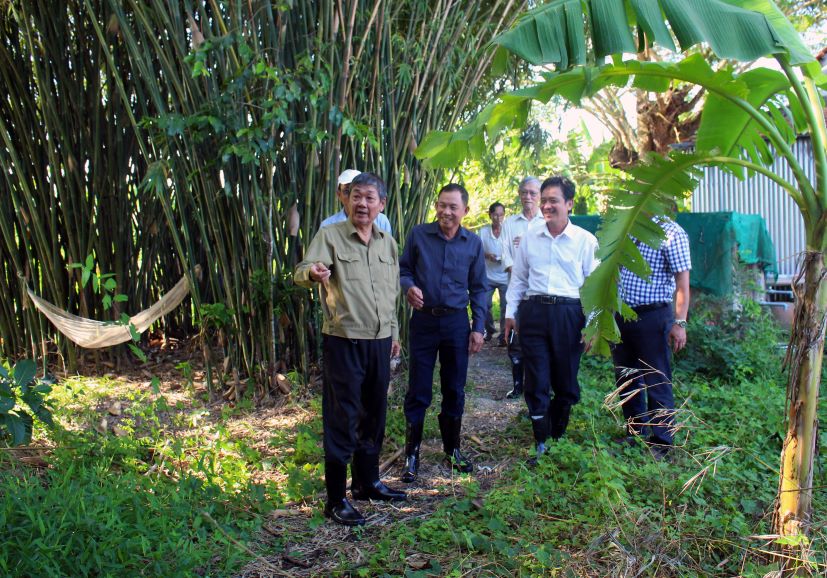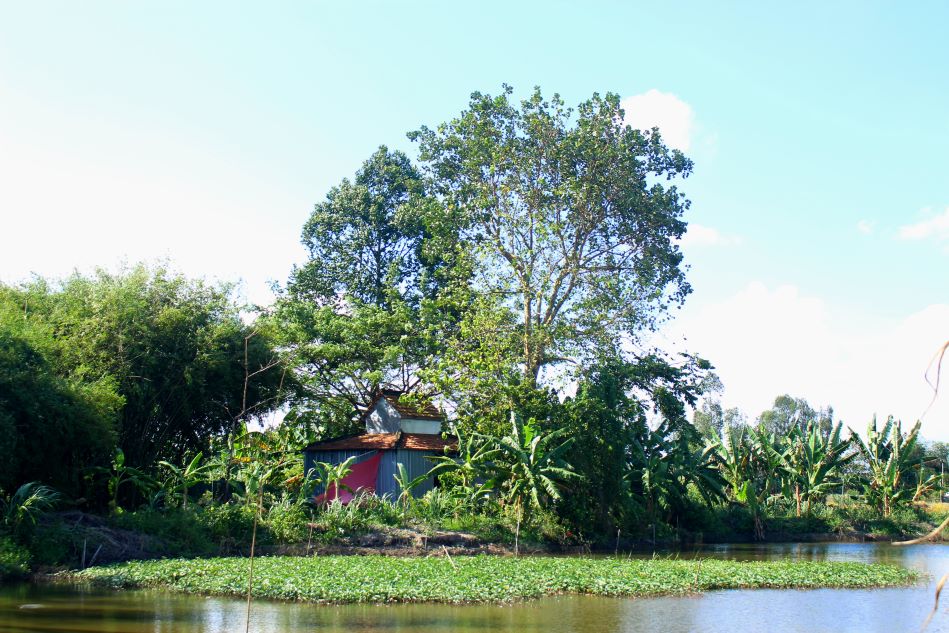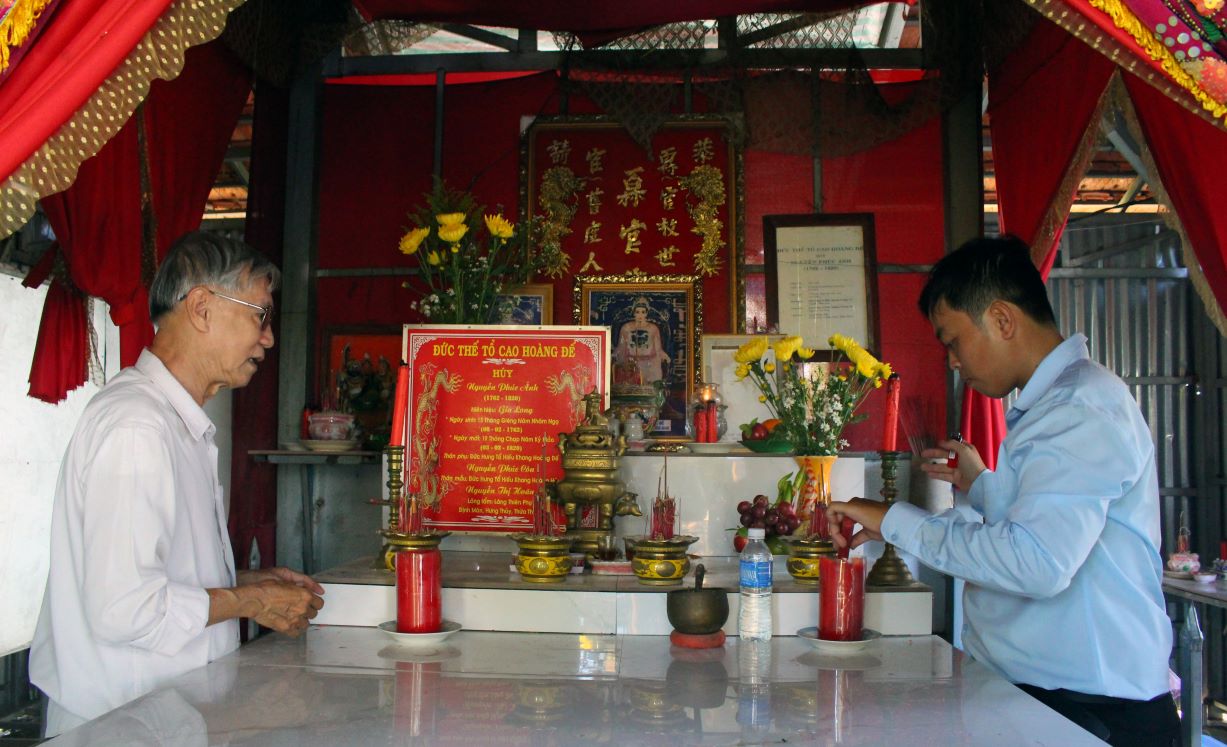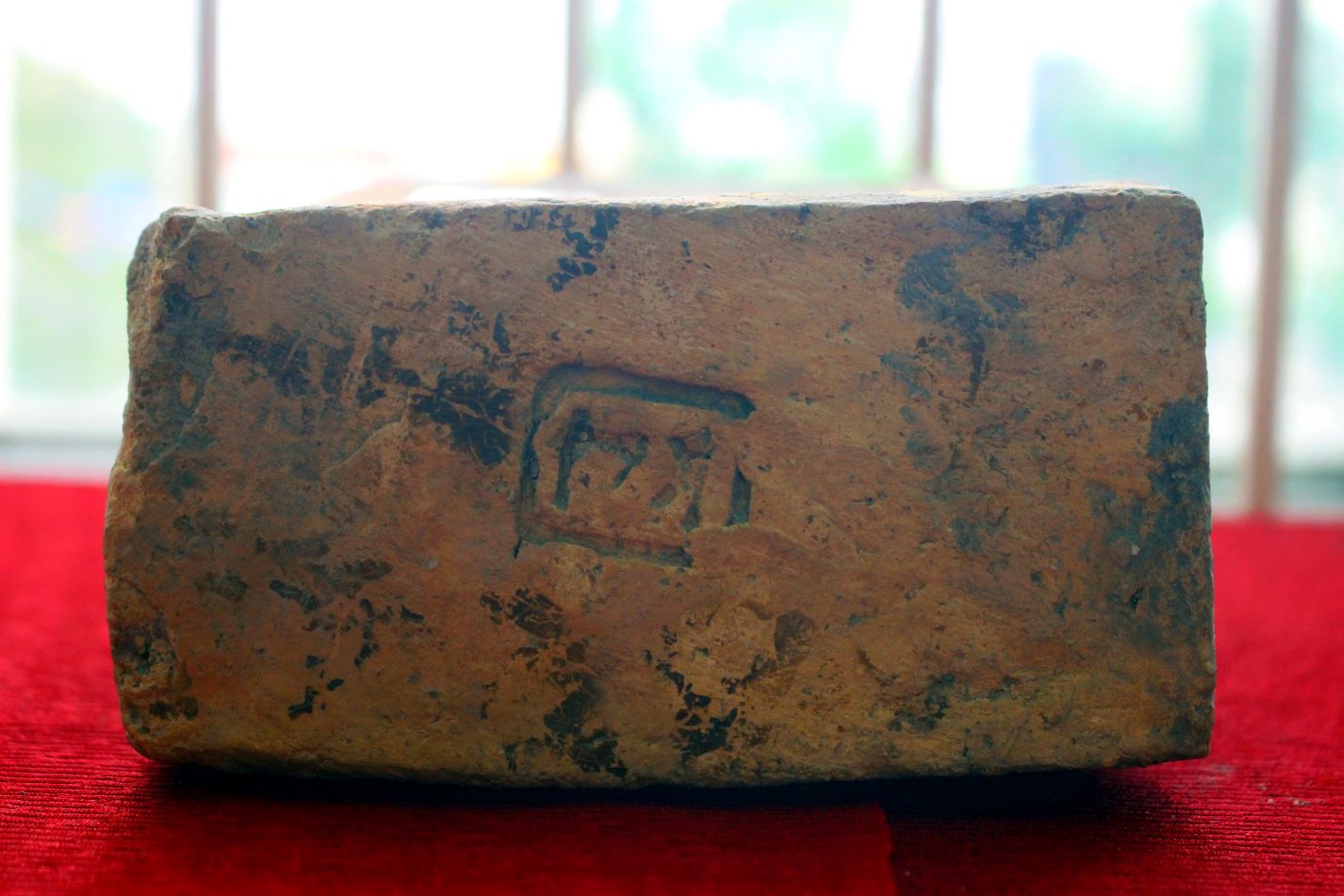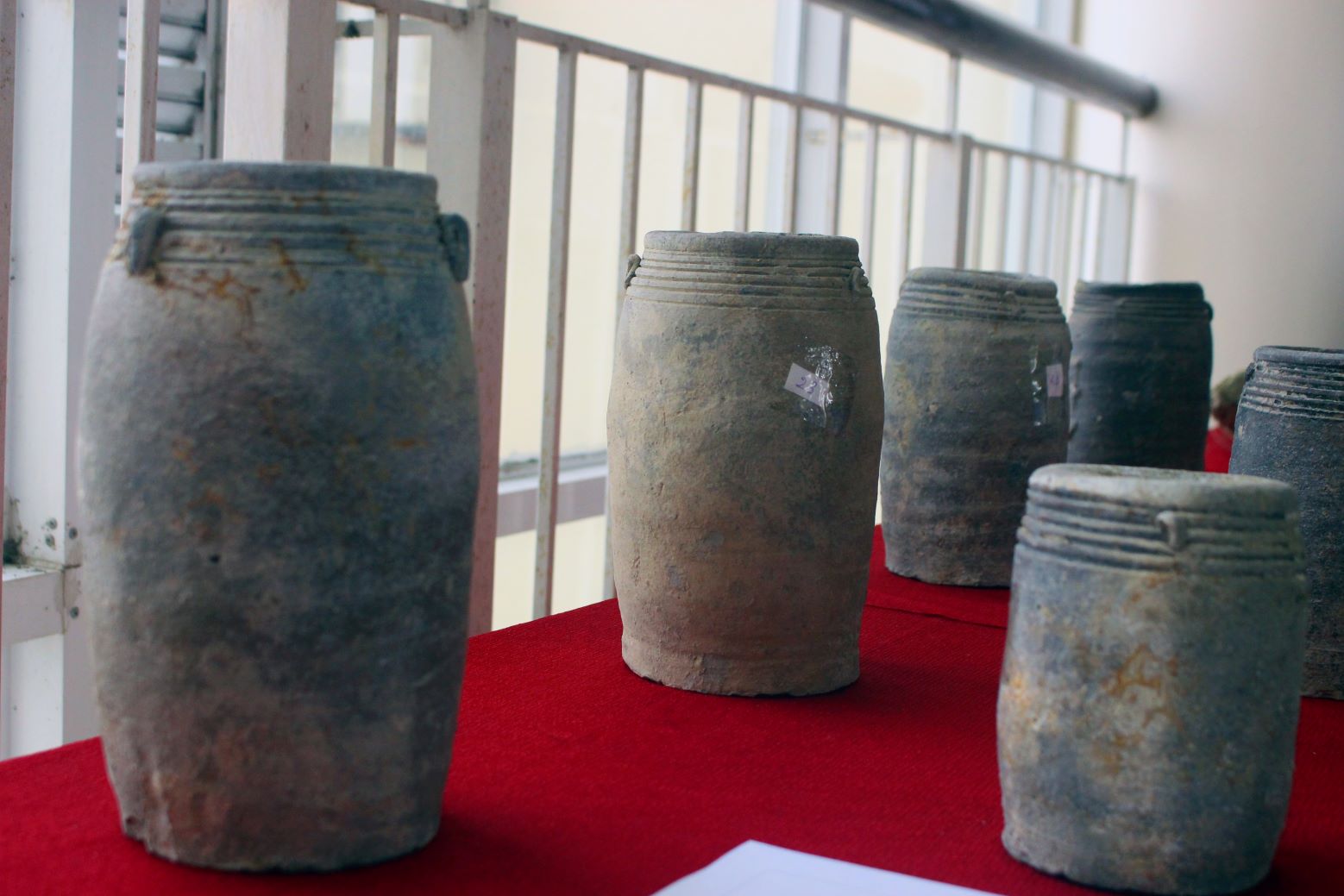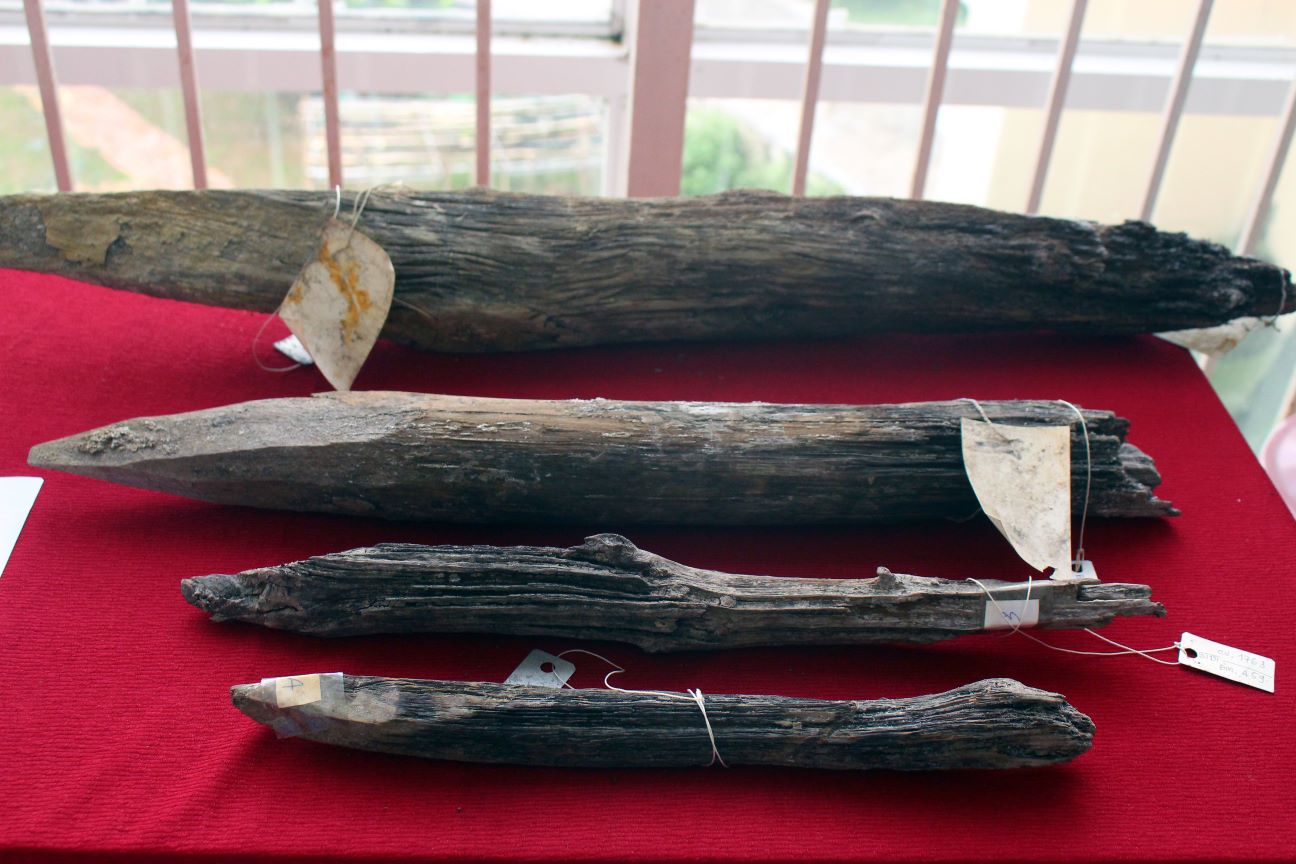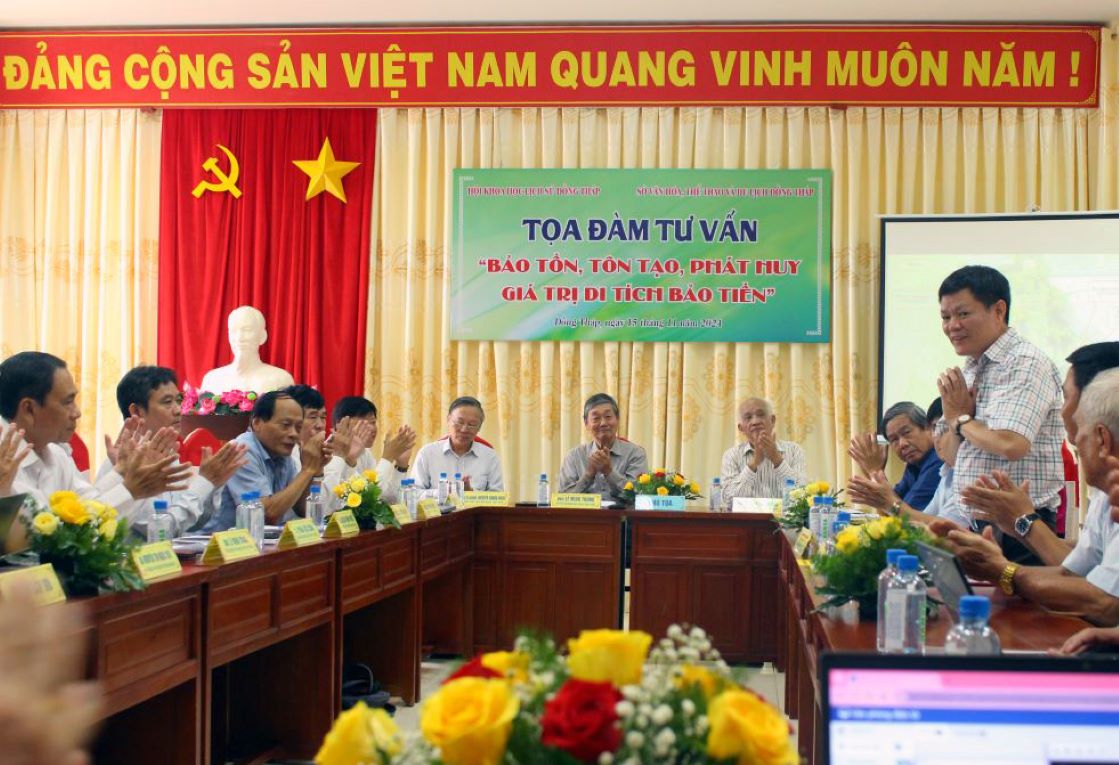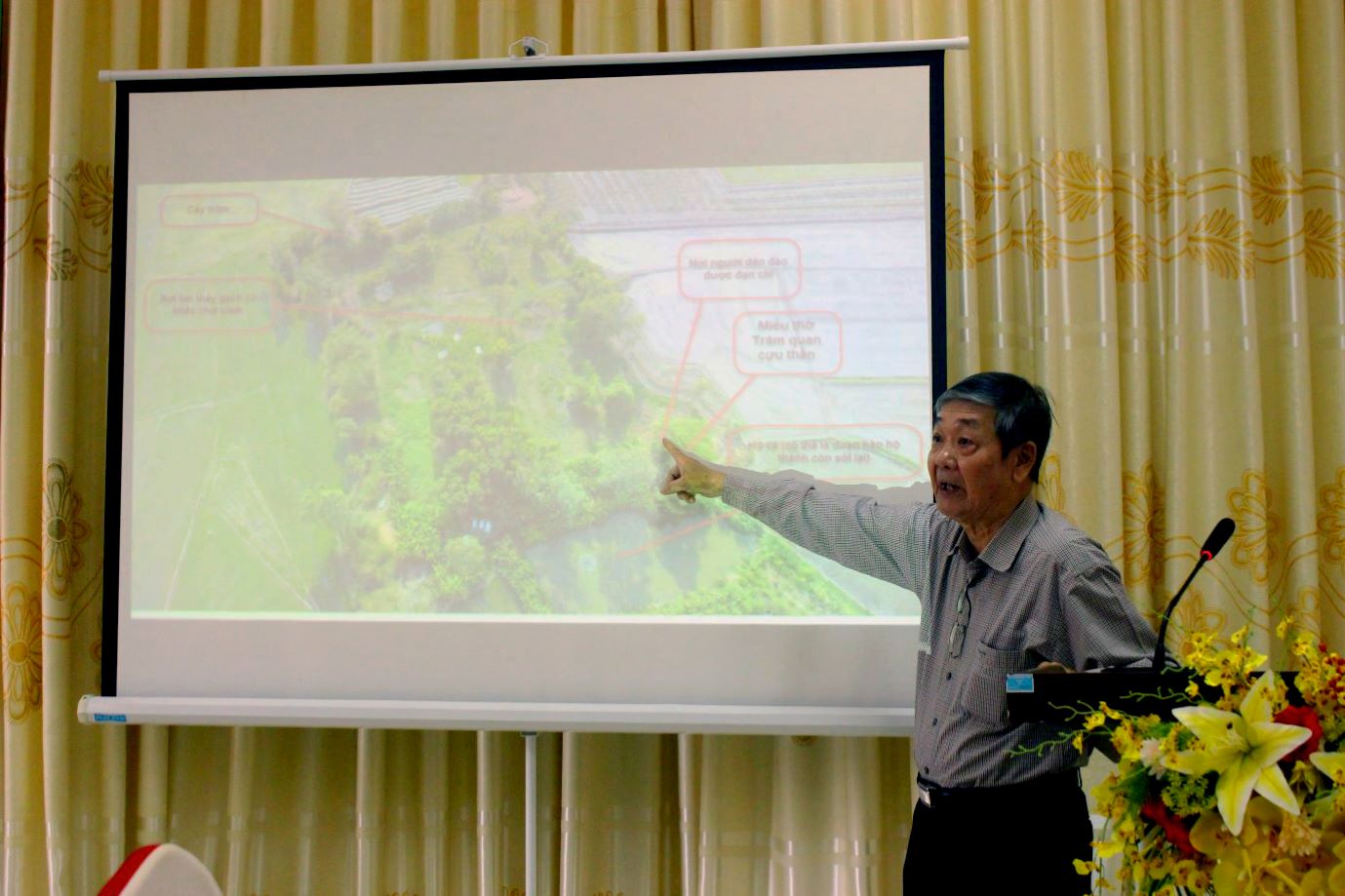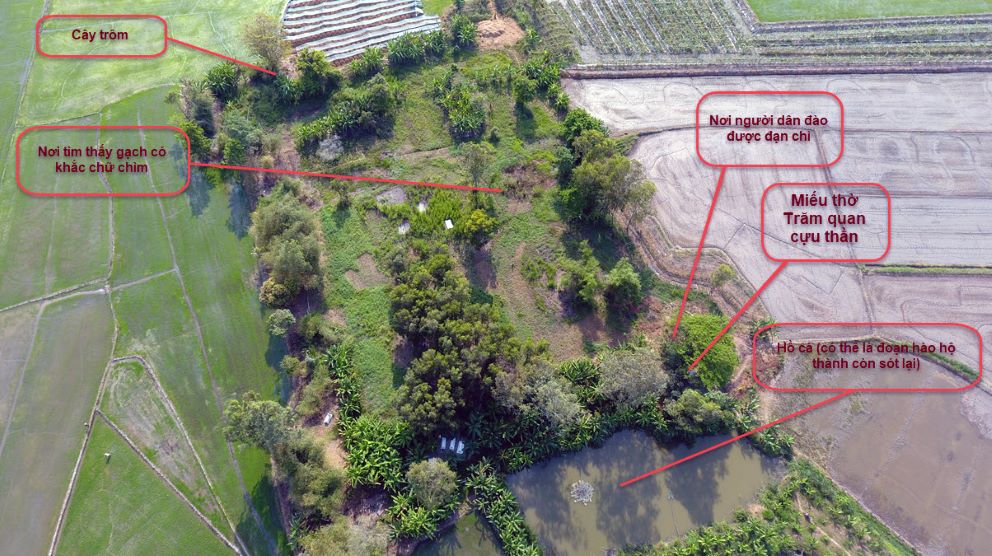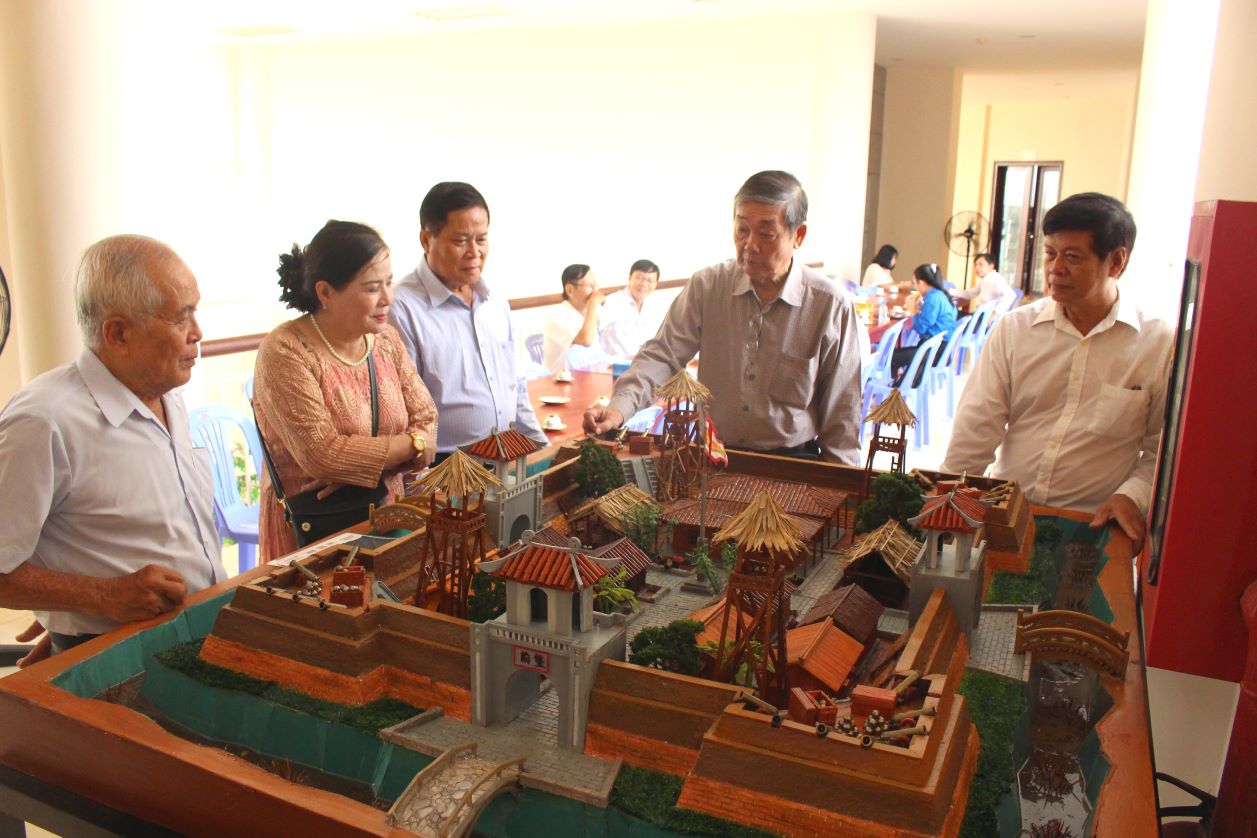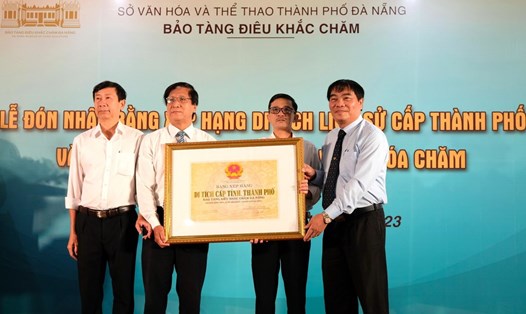Bao Tien is the name of the relic located in Long Thang commune, Lai Vung district, understood to mean that the fortress was built and completed before Bao Hau located in Phong Hoa commune (Lai Vung district). These are two names that are circulated by many historical sources related to the activities of the Nguyen Dynasty.
To clarify the truth about the ancient relic, Dong Thap province invited a working group from the University of Social Sciences and Humanities (Ho Chi Minh City National University) led by Associate Professor, Dr. Dang Van Thang to conduct an archaeological survey. Through digging 5 holes with a total area of 25m2, the group collected many relics, such as: bricks with Chinese characters engraved on them, unmarked bricks, wooden stakes with one end sharpened, Southern ceramic jars and Chinese ceramics from the 18th - 19th centuries.
From the results of the survey and ancient historical documents, the archaeological team speculated that Bao Tien was a large area with two cultural layers below related to the activities of the Nguyen Dynasty. The first layer was built under the reign of Lord Nguyen Anh to protect the Hoi Oa base where he spent 6 months before returning to Bat Tien (present-day Vinh Long) in 1788. The second layer, built in the 14th year of Tu Duc (1861), was commanded by General Hung Dung Nguyen Cong Nhan (?-1867) to build more to store essential goods, serving the fight against the French. Both of these cultural layers show that this was a type of fortress, the citadel had an area of about 15,000m2, was rectangular, and had a system of canals outside to form the Citadel system. Here, more than half a century ago, the people built a temple, inside to worship the King and mandarins of the Nguyen Dynasty...
Based on these bases, many researchers believe that this is the remaining citadel relic of the Nguyen Dynasty in the South. Therefore, this place is considered a symbol of the spirit of perseverance in fighting against foreign invaders of the Nguyen Dynasty kings, mandarins, soldiers and people of An Giang, Dinh Tuong in particular, and the South in general. Therefore, it is very necessary to pay attention and invest in preservation to show respect to ancestors and preserve the ancient capital for future generations.
